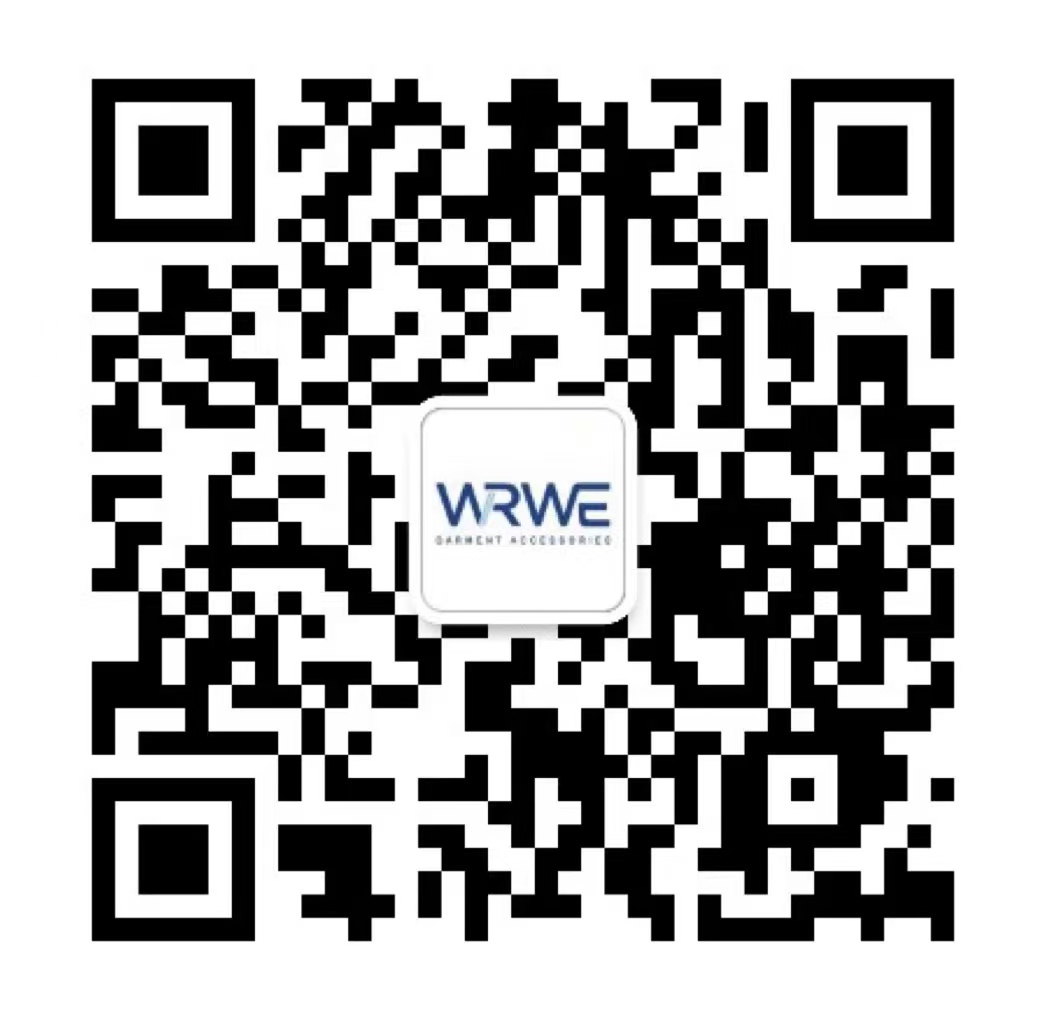RFID labels are ideal for many industries due to their wide variety and ease of use. Do you know what an RFID labels is? What are its main uses? What are its advanlabelses and disadvanlabelses? In this article, we are going to discuss the topic of RFID labels.

What is an RFID labels?
RFID wireless radio frequency identification is a non-contact automatic identification technology that automatically identifies the target object and obtains relevant data through radio frequency signals. The identification work does not require human intervention and can work in various harsh environments. RFID technology can identify high-speed moving objects and can identify multiple electronic labels at the same time. The operation is quick and convenient.
RFID labels are composed of chips and antennas. Each RFID labels has a unique electronic code that supports data reading and writing. The historical background of RFID technology helps to understand its development context. The wide application of RFID is of great significance to all industries.

Working principle of RFID label
-
Composition of RFID system
RFID system usually consists of three main components: RFID label (also known as transponder), RFID reader (also known as transceiver) and RFID antenna. RFID label is used to provide tracking data of the target, RFID reader is used to collect RFID label information and transmit it to the network for tracking, and antenna enables RFID reader to read RFID label data.
-
Process of RFID label
In RFID system, labor is a crucial link, and information exchange between label and reader is realized through radio waves. At the same time, the choice of frequency range also affects the efficiency and stability of labor.

Characteristics of RFID label
- Reading and writing speed:Compared with barcodes, there is no need for linear scanning, the reading and writing speed is faster, and multi-target and motion recognition are possible.
- Data storage: Compared with traditional label, the capacity is larger (1bit-1024bit), the data can be updated at any time, and it can be read and written.
- Security:dedicated chip, unique serial number, difficult to copy.
- Easy to use: small size, easy to package, can be embedded in the product.
- Durable: no mechanical failure, long life, and resistant to harsh environments.
- Sensing effect: much better than the general one.
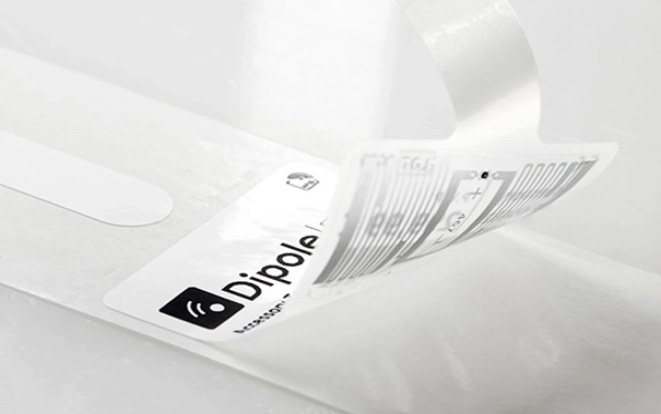
What are the classifications of RFID labels?
There are mainly the following types of RFID labels:
- Active RFID:Active RFID labels have their own power source, usually a battery.
- Passive RFID:Passive RFID labels receive power from a reading antenna, whose electromagnetic waves induce a current in the antenna of the RFID label.
- Semi-passive RFID labels:which means that the battery runs the circuit, while the communication is powered by the RFID reader.
- Smart labels:These are simple RFID label These labels embed the RFID label in an adhesive label with a barcode. They can also be used by RFID and barcode readers. Smart labels can be printed on demand using a desktop printer, while RFID labels require more advanced equipment.
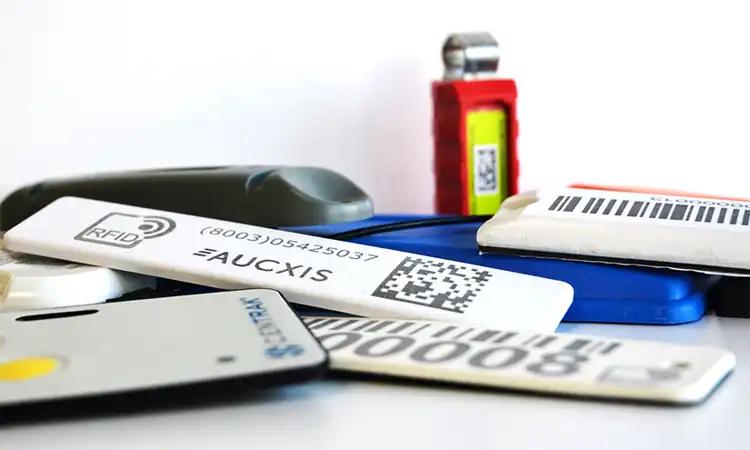
What types of RFID systems are there?
There are three main types of RFID systems: low frequency (LF), high frequency (HF), and ultra high frequency (UHF, microwave RFID is also available. Frequencies vary greatly between countries and regions.
- Low frequency RFID systems:Frequencies range from 30 KHz to 500 KHz, but a typical frequency is 125 KHz. LF RFID has a shorter transmission range, typically from a few inches to less than six feet.
- High frequency RFID systems: Frequencies range from 3 MHz to 30 MHz, with a typical HF frequency of 13.56 MHz. The standard range is from a few inches to a few feet.
- UHF RFID systems:Frequencies range from 300 MHz to 960 MHz, with a typical frequency of 433 MHz, and are generally readable at distances of more than 25 feet.
- Microwave RFID systems:These systems operate at 2.45 Ghz and can be read from more than 30 feet away.

RFID label application areas
- Military logistics system RFID
RFID technology automatically identifies targets and quickly collects data through wireless radio frequency signals, without human intervention, and can simultaneously identify multiple high-speed moving targets, suitable for various environments. This technology has the characteristics of high-speed data transmission, intelligent reading and writing, encrypted communication and information security, providing efficient, safe and controllable technical support for military logistics systems.
- Access control security
The future access control system will widely adopt radio frequency card technology, and one card will integrate multiple functions such as work permit, access permit, parking, accommodation and travel passport. Simplify the access process, improve efficiency, and strengthen security management.
- Car anti-theft
The car anti-theft system uses RFID technology, and the radio frequency card is encapsulated in the car key. When the key is inserted into the ignition, the RFID reader verifies the key identity. If the correct signal is not received, the engine will not start, thereby preventing illegal startup and short-circuit ignition.
- Electronic goods monitoring system
The electronic goods monitoring system effectively prevents theft of goods through the cooperation of radio frequency cards and RFID readers. It consists of an activated radio frequency card and an RFID reader at the store exit. When the goods leave the store without checking out, the system detects the RFID card and triggers an alarm to alert the store clerk and security personnel. The system can remove the alarm by removing, deactivating the magnetic field or destroying the RFID card. It is widely used in the retail industry to protect the safety of goods.
- Clothing management
RFID technology has been widely used in the clothing industry. Large clothing manufacturing retailers have adopted RFID technology to improve their supply chain systems and retail windows.
- Food and beverage
One of the main concerns of the food industry is the hygienic safety of products. RFID technology has many advanlabeles in ensuring the traceability of food at any slabele of the production process:
It allows products to be input from the field and alarms for ripening time or other related processes; temperature control in the cold chain; movement records between drying rooms/curing areas; and even control the turnover of cheese curing processes and similar products. We can also create alarms to prevent inventory from being outdated or expired.
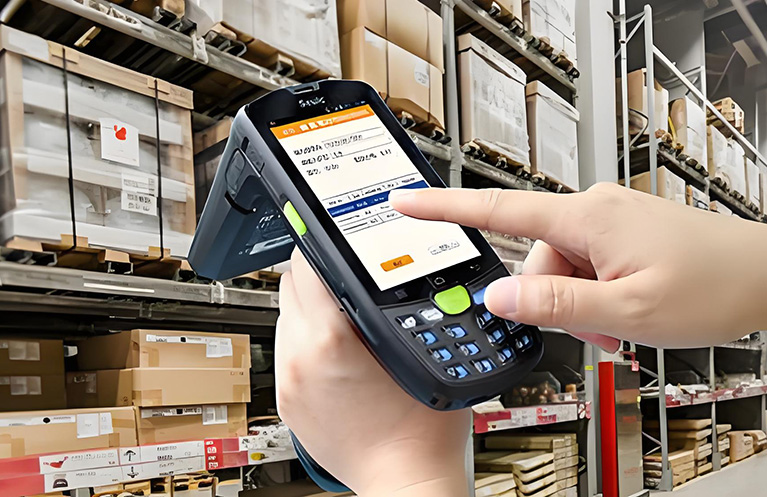
How to attach RFID label?
There are many different ways to attach RFID label to products without damaging the brand image. Some label can even be completely invisible. We need to choose the most suitable labeling method based on the shape, material and other characteristics of the product. Some of the most commonly used attachment forms include:
- Adhesive
- Sewn-in
- No hang-up
- Hard label
Hang label are one of the most popular methods and can be installed in almost any clothing hang label or commonly used label while still being large enough to provide excellent read range.

Advanlabeles and Disadvanlabeles of RFID labels
Advanlabeles
- Efficiency:Effectiveness is the advanlabele of RFID labels, which can quickly identify item information and improve work efficiency.
- Accuracy:Typicality is another advanlabele of RFID labels, which can accurately record and track the location and status of items.
- Automation:Automation is a basic feature of RFID, which can realize automatic and data processing and reduce human intervention.
Disadvanlabeles
- Cost: Cost is a challenge in the application of RFID labels, including labelmanufacturing costs and system deployment costs.
- Privacy issues:Privacy issues are one of the challenges that need to be paid attention to during the use of RFID labels, involving personal information protection and data security.
- Technical limitations: Technically, it is one of the challenges of RFID development, including interference during transmission and the impact of environmental interference.
RFID labels are gradually penetrating into all aspects of our lives with their high efficiency, accuracy and convenience. With the continuous advancement of technology and the continuous expansion of application scenarios, RFID labels will undoubtedly bring us more surprises and convenience in the future.
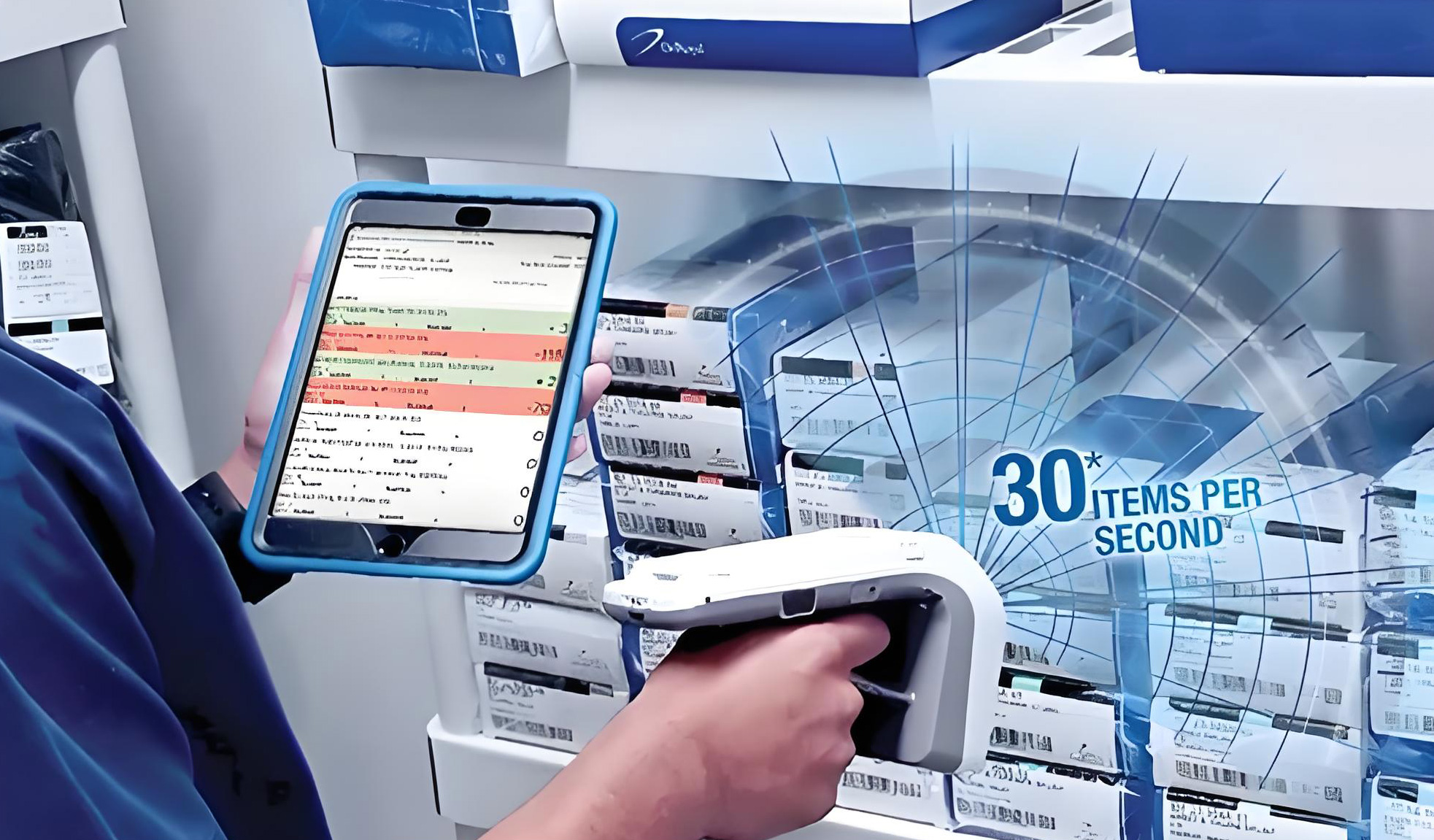
Future development trends of RFID labels
- Technological innovation: In the future, the RFID labelfield will actively apply new materials and new designs to improve the durability, applicability and aesthetics of the labels, thereby promoting the widespread application of RFID technology in various industries and bringing better experience to users.
- New product applications:In addition to existing application areas, RFID labels are constantly emerging in new applications. These applications may appear in more intelligent scenarios, such as smart homes, smart cities, etc., bringing more convenience and intelligent experience to people’s lives.

Frequently Asked Questions about RFID labels
Can RFID labels Be Tracked?
Yes, RFID labels Can Be Tracked. Active RFID labels Can Be Tracked Automatically, Passive RFID labels Can Be Tracked Manually.
How to Use RFID on Hard-to-label Items?
RFID chips are getting smaller and more powerful. Today, small RFID labels still maintain high read sensitivity, and can track densely packed items well, solving the challenges of inventory management in the retail industry. RFID labels on the market have increased merchandise throughput, achieved higher accuracy, and faster processing speeds.
How are RFID labels different from other types of labels?
RFID labels are unique in their ability to transmit data wirelessly. Unlike traditional labels, RFID labels can store and transmit real-time updated information, which is suitable for applications such as inventory management and asset tracking that require real-time data. In addition, RFID labels do not require direct line of sight to be read and can be read from a distance through materials, making them extremely versatile and effective in a variety of environments.
